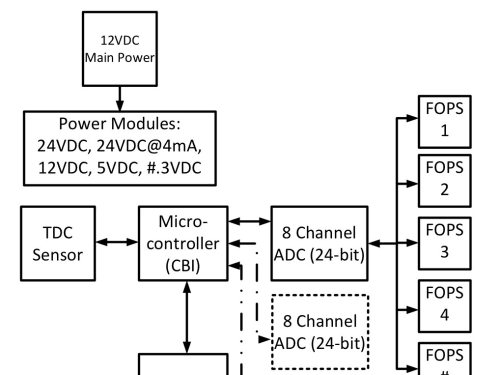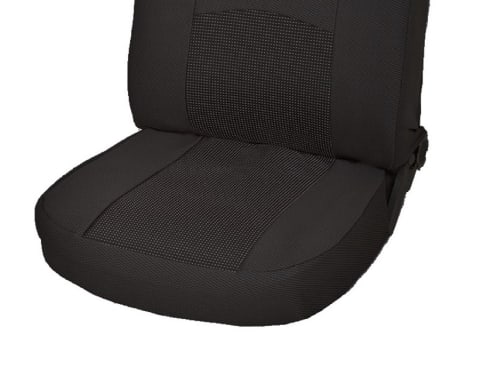Congratulations to Our 2025 Grand Prize and First Place Winners!
Imersiv, a breakthrough technology that improves audio performance by 100X compared to today’s very best audio equipment for applications ranging from sound engineering to space missions to medical imaging, was named the $25,000 grand prize winner at a live finalist round held November 7 in New York. Click here for the full list of winners. Also see the Top 100 highest scoring entries. Special thanks to our esteemed panel of judges.
Help build a better tomorrow
Since Tech Briefs magazine launched the Create the Future Design contest in 2002 to recognize and reward engineering innovation, over 16,000 design ideas have been submitted by engineers, students, and entrepreneurs in more than 100 countries. Join the innovators who dared to dream big by entering your ideas in our 2026 contest opening March 1.
Read About All the 2024 Winning Inventions

Special Report spotlights the eight amazing winners in 2024 as well as honorable mentions in each category, plus the top ten most popular entries as voted by our community.
Click here to read moreA ‘Create the Future’ Winner Featured on ‘Here’s an Idea’
Spinal cord injury affects 17,000 Americans and 700,000 people worldwide each year. A research team at NeuroPair, Inc. won the Grand Prize in the 2023 Create the Future Design Contest for a revolutionary approach to spinal cord repair. In this Here’s an Idea podcast episode, Dr. Johannes Dapprich, NeuroPair’s CEO and founder, discusses their groundbreaking approach that addresses a critical need in the medical field, offering a fast and minimally invasive solution to a long-standing problem.
Listen nowThank you from our Sponsors
“At COMSOL, we are very excited to recognize innovators and their important work this year. We are grateful for the opportunity to support the Create the Future Design Contest, which is an excellent platform for designers to showcase their ideas and products in front of a worldwide audience. Best of luck to all participants!”
— Bernt Nilsson, Senior Vice President of Marketing, COMSOL, Inc.
“From our beginnings, Mouser has supported engineers, innovators and students. We are proud of our longstanding support for the Create the Future Design Contest and the many innovations it has inspired.”
— Kevin Hess, Senior Vice President of Marketing, Mouser Electronics
contest
Contest
The Navy and Military Sealift Command use reciprocating analysis (RA) as a part of a wide portfolio of technologies to monitor the condition (CM) of the fleet’s large Propulsion and Ship’s Service Diesel Generator engines. The CM data is used to improve fuel economy and enhance the effectiveness of preventative maintenance activities. The RA “shots”
Air-conditioning systems spend most (up to 90%) effort on cooling air. Cooling people is just a byproduct of the whole process. To reduce energy demand we need to implement approaches that reverse this situation and focus on directly cooling people with minimum conditioning of surrounding air.
Based on the ASHRAE Standards,
NOVAlert™ IVS (Intelligent Vigilance Solutions) is a patent pending active automotive safety system embedded in the driver’s seat. It performs the monitoring and alerting of driver’s drowsiness and inattentiveness. Moreover, special countermeasures temporarily restore and sustain the driver’s alertness while suggesting nearest safe stop location. Proof of concept technologies,
ViaTechMD has invented and developed the first and only device-based treatment for various conditions known to contribute to preterm birth (“PTB”).
PTB is a growing global healthcare crisis and is the leading cause of infant death and morbidity within the first months of life.
Present Scenario:
For years there has been significant development in the Automobile sector but the source of power, the engine, remains the same. Although the engine has been developed since the beginning the mechanism remains the same. The main drawback is its efficiency, 35%, and it causes pollution.
HuPoTest was discovered incidentally and developed for over 50 years by testing face to face more than 1000 persons under test (PUT). In fact, it is the calibration of the PUT mental timer by using a standard stopwatch and original operating procedure. Timer and mentality are strongly interconnected defining each other,
In the 60’s Bell Helmet had an ad that read “If You Have a $10 Head Wear a $10 Helmet.”
Whether or not you lead with your head, you want to know the DAMPS numbers.
In computer modeling simulations the patent pending OACS helmet liner recorded 71 out of 90 joule energy absorption Hz. 90 joules is total energy absorption;
S-One's company, Brand Management Group, is the exclusive licensee for HP Large Format Printing Materials. As such, S-One/BMG develops, manufactures, distributes and markets all materials under the HP brand in this space, known as HP Large-Format Media. In 2018, S-One created and launched HP Recycled Satin Canvas, which includes sourcing materials, manufacturing, product development,
This design is for a TV series, “Summer is Coming”, depicting young people in effective action on our current climate crisis. This series contains no zombies, robots run amuck, or dragons. It does contain believable characters in situations that could actually happen in the near future. In addition, it does contain a main character that is an Artificial Intelligence,
Idea - Near bodies of water (oceans, lakes, rivers) where unwanted algae blooms flourish seasonally, build oil-producing manufacturing facilities which utilize algae that is deliberately produced in or near those facilities as a raw material resource.
Page 322 of 1029



















